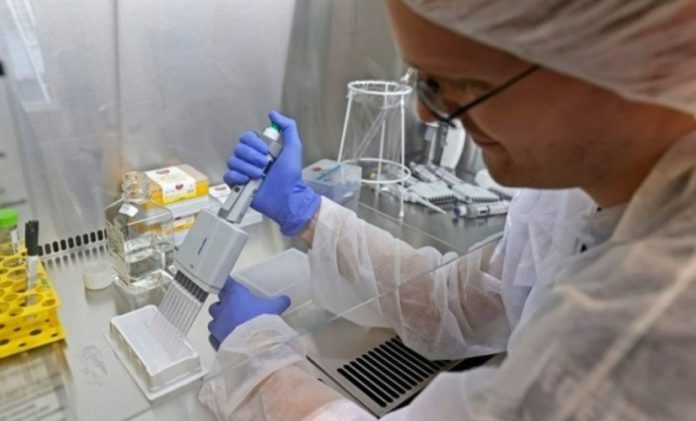Scientists are studying the possibility of being infected by two coronavirus mutations at the same time in their new work, following a recent incident in Brazil – How serious is this condition and how likely is it
Scientists in Brazil recently reported that two people became infected with two different mutations of the SARS-CoV-2 virus at the same time. This double infection did not seem to have any effect on the severity of the disease in the individuals, as both recovered without being hospitalized.
- Brief Anger Hampers Blood Vessel Function Leading to Increased Risk of Heart Disease and Stroke – New Study
- New Blood Test Pinpoints Future Stroke Risk – Study Identifies Inflammatory Molecules as Key Biomarker
- Enceladus: A Potential Haven for Extraterrestrial Life in its Hidden Ocean Depths
- New Experiment: Dark Matter Is Not As ‘DARK’ As All We Think
- Scientists in Fear of This New Predator From Red Sea Eating Native Species in Mediterranean
Although this is one of the few such documented cases, scientists have occasionally noticed infections by different strains of other respiratory viruses such as influenza. This has raised questions about how these viruses can interact in an infected person and what this could mean for new mutations.
According to Maitreyi Shivkumar, a lecturer in molecular biology at De Montfort University, “viruses are the ‘masters of evolution’, as they are constantly mutating, creating new strains in each replication cycle. Selective pressures on the host, such as the immune response, also cause such modifications. Most of these mutations do not have a significant effect on the virus. But those that give it an advantage – by increasing, for example, its ability to replicate or invade the immune system – are a cause for concern and should be closely monitored”.
Compared with other RNA viruses, Coronaviruses have lower rates of mutations, because they are equipped with a repair mechanism that can fix some errors that occur during reproduction. However, there is evidence of a large genetic diversity of the virus in patients with COVID-19 infection.
The detection of multiple mutations in a human could be the result of an infection from different mutations or the production of mutations in the patient’s own organism after the initial infection. One way to separate these two scenarios is to compare the sequences of mutations circulating in the general population with those of the patient. In the Brazilian study cited above, the mutations identified corresponded to different strains of the virus that had previously been detected in the population, indicating a double infection by two mutations.
A combination of mutations
This double infection has raised concerns about new mutations in SARS-CoV2 at an even faster rate, as coronaviruses also undergo major changes in their genetic sequence through a process called recombination. This happens when two viruses infect the same cell, exchanging large chunks of their genome and creating completely new sequences.
Recombination data has been found in both the laboratory and SARS-CoV2-infected patients, suggesting that this procedure could lead to the development of new mutations. In fact, the ability of SARS-CoV-2 to infect human cells is thought to have been developed through the recombination of the spike protein between the coronaviruses of the animals with which it is closely associated.
It is important to note that this requires infecting the same cell with two viruses. Even if a person is infected with different mutations, they will not interact if they replicate in different parts of the body. Indeed, it was observed in patients that the different types of coronaviruses found in the upper and lower airways did not mix directly with each other.
So far, however, the evidence does not suggest that infection with more than one strain leads to a more serious illness. And, although it is possible, there are very few reported incidents. In particular, more than 90% of infections in Britain are due to the B117 mutation, so with such a high prevalence, double infections are almost unlikely to occur.
- Brief Anger Hampers Blood Vessel Function Leading to Increased Risk of Heart Disease and Stroke – New Study
- New Blood Test Pinpoints Future Stroke Risk – Study Identifies Inflammatory Molecules as Key Biomarker
- Enceladus: A Potential Haven for Extraterrestrial Life in its Hidden Ocean Depths
- New Experiment: Dark Matter Is Not As ‘DARK’ As All We Think
- Scientists in Fear of This New Predator From Red Sea Eating Native Species in Mediterranean
“Even so, however, monitoring the condition allows scientists to detect the emergence of these new mutations and to understand and respond to appropriate to any changes in the transmission of the virus or the effectiveness of vaccines”, concludes Dr. Shivkumar.
“Even so, monitoring the situation allows scientists to detect the emergence of these new mutations and to understand and respond appropriately to any changes in virus transmission or vaccine efficacy,” says Shivkumar.
